3D construction printers
Equipment and services by the manufacturer #1
Whole villages are being printed in Russia
12.04.2023
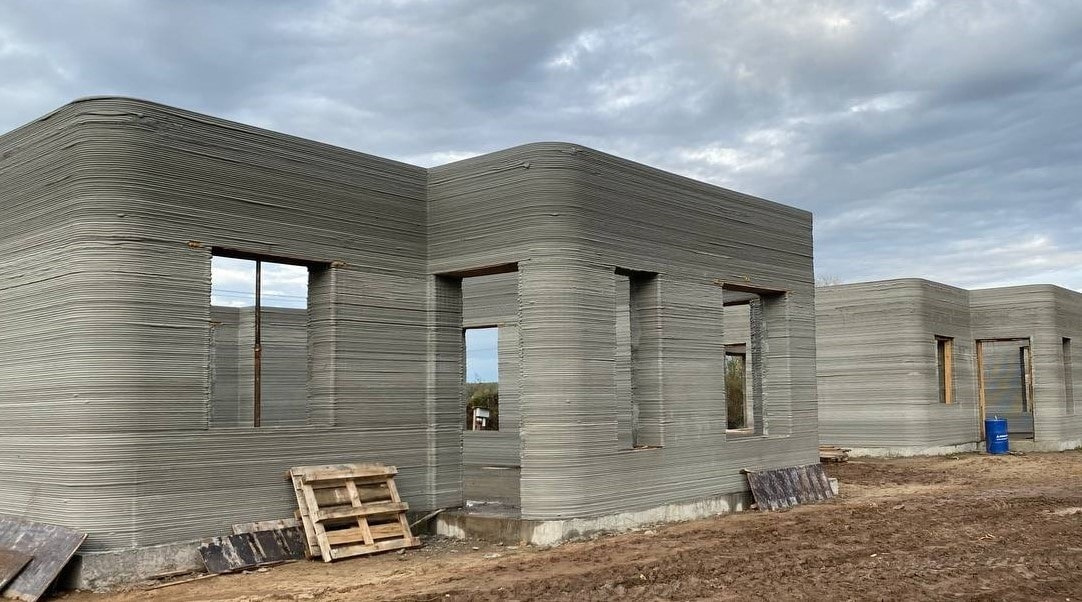
The use of 3D printers in construction is becoming commonplace. This year was no exception, on the contrary, it was this year that additive technology took another step in its development – not only individual houses are printed on the foundation, but also entire sites are built up. Something that we have been waiting for a long time has happened – mass construction using 3D printing.
The whole history of practical construction 3D printing, as well as the evolution of equipment began 8 years ago. At the same time, 3 companies were engaged in new technology and development of equipment for construction 3D printing. These are the companies AMT (formerly SPECAVIA), ApisCor, WinSun. Initially, construction printers were used mainly for printing small architectural forms in the workshop, then printing of part of buildings in the workshop began on the workshop equipment, followed by assembly on the foundation (prefab), and only then printers capable of printing entire houses on the foundation appeared.
There are 11 models in the line of AMT construction printers designed for various purposes and tasks of buyers. Shop stationary printers (designed for printing in production conditions) and field-based printers designed for printing on the foundation are fundamentally different. At the moment, several construction companies in Russia, Europe and the USA have already purchased equipment for field-based printing (in the line of AMT construction printers, this is the S300 series) and have begun to build several houses at once on one construction site.
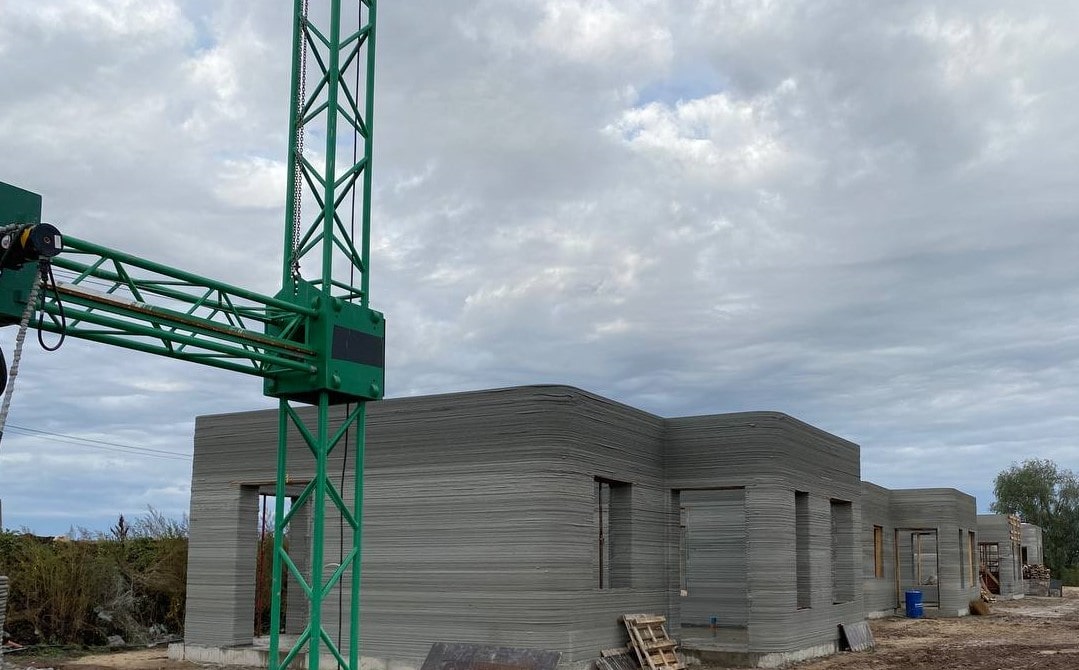
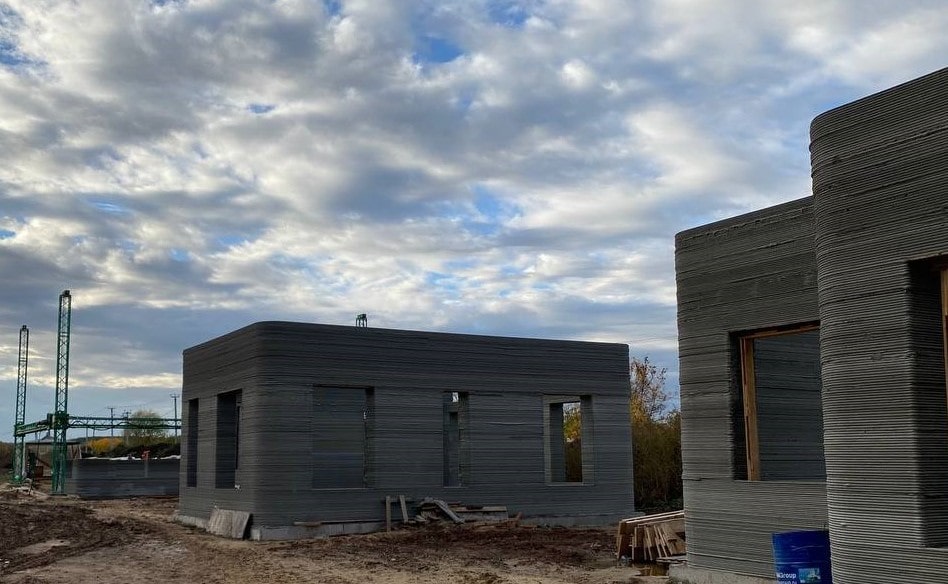
For example, in the Republic of Tatarstan at the moment, using construction 3D printer S300, about 10 houses out of 34 planned are printed, and this is a whole village!
At the moment, 12 houses have already been printed in Yeisk, in Elista – 2, in the Kursk region, a house previously destroyed by the elements for a large family has been restored.
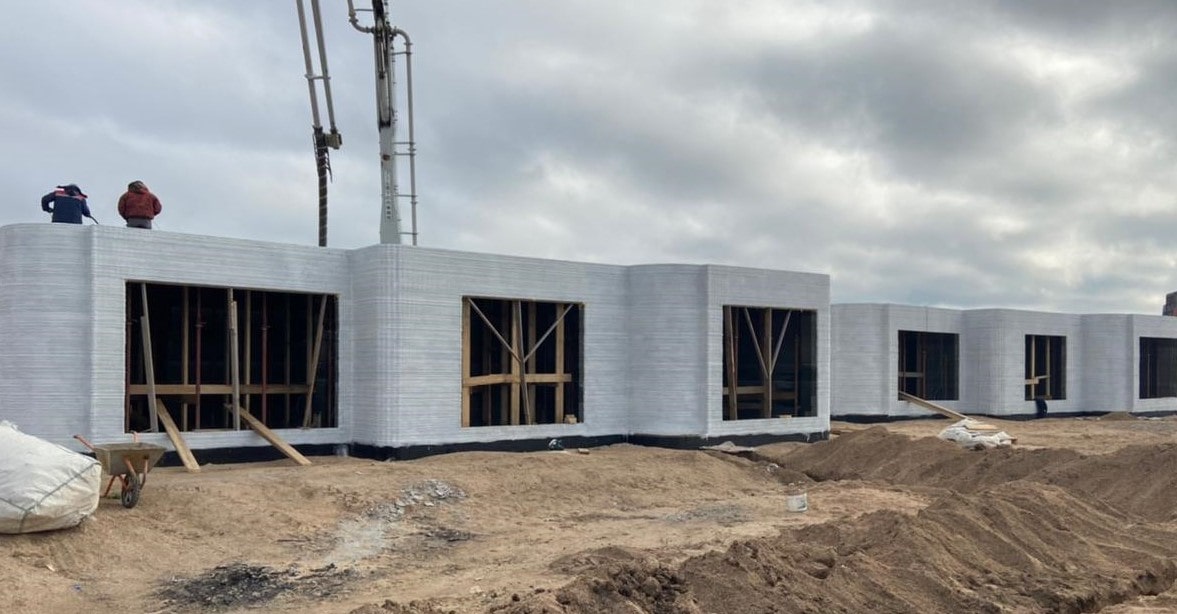
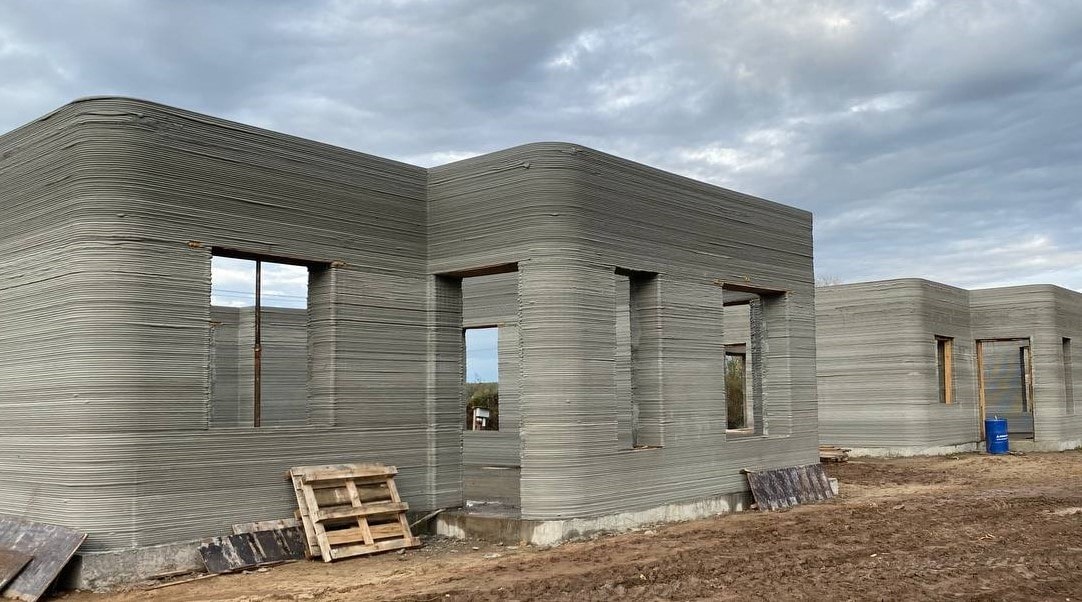
The strength characteristics of such houses depend, first of all, on the internal filling. Since all the characteristics are calculated in advance by the project, the house printed according to the project will correspond to the declared characteristics, respectively, will be durable and safe for living. It is worth noting that the houses printed on a 3d construction printer have a fairly high class of housing construction and are a monolithic reinforced concrete structure with a standard service life of about 80-120 years.
Several factors attract the attention of construction companies to such technology: automation of the production process, which reduces errors during construction; minimization of the human factor (2-3 people are needed when working with a construction printer); absence of waste on the construction site; noiselessness of the construction process, because the construction printer works very quietly; high positioning accuracy (2 mm), which increases the accuracy of manufacturing products; a high proportion of efficient use of working time, including the absence of downtime typical of traditional construction technology, working day and night; the ability to print complex forms.
At the same time, the cost of construction using additive technology is reduced to 30% per building box, which is printed by a construction printer. In the total cost of the house, this is about 8-12% savings compared to traditional construction methods.
Every year more and more requests are received from construction organizations and not only about the purchase of construction 3D printers. So, at the moment, AMT has sold more than 220 printers to 15 countries (Bulgaria, Czech Republic, Denmark, Uzbekistan, Kazakhstan, Moldova, Ukraine, UAE, USA, South Korea, India, Lithuania, Latvia, Germany).
The trend of acquiring innovative equipment can be traced to Eastern and Asian countries. Such countries are subject to constantly changing weather conditions: typhoons, tsunamis, earthquakes, as a result of which buildings can collapse, and it takes too long to build new structures of houses quickly. It is expected that the introduction of additive technologies in the construction industry will help these states to regularly update the housing stock.
All of the above suggests that 3D printing in the construction sector is only gaining momentum, but it does it very confidently, and most importantly, it resonates with consumers.